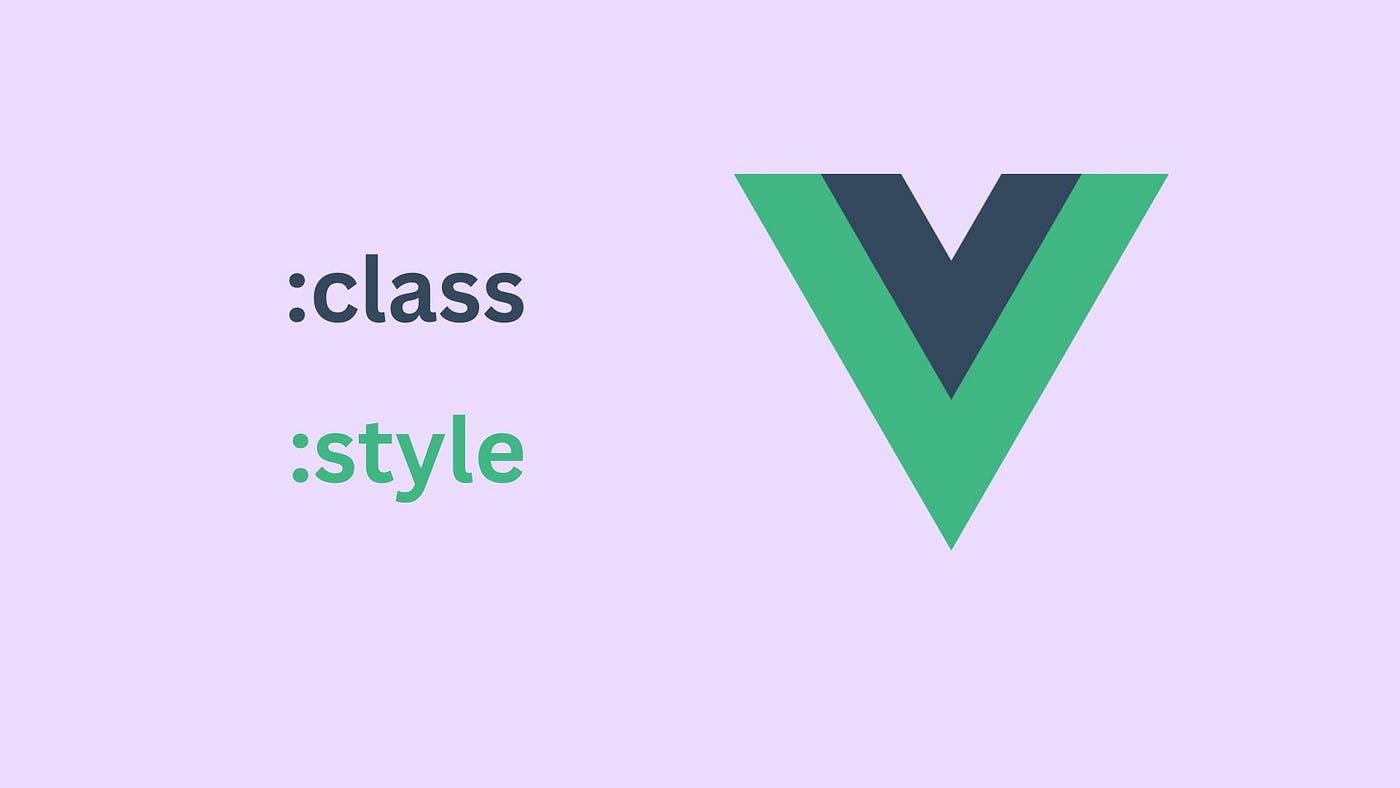Conditional Class Binding in Vue.js
Understanding the Basics
Vue.js provides a powerful and flexible way to dynamically apply CSS classes to elements based on component data. This is achieved using the :class directive. By binding a JavaScript expression to :class, we can conditionally add, remove, or toggle classes on an element.
The :class Directive
The :class directive accepts an object or an array as its argument.
Object Syntax
When using an object, the keys represent the CSS class names, and the values are JavaScript expressions. If the expression evaluates to true, the corresponding class is added to the element.
<div :class="{ active: isActive }"></div>In this example, the active class will be added to the div element only if the isActive data property is true.
Array Syntax
When using an array, you can pass an array of class names or an array of objects.
<div :class="[selectedOption, errorClass]"></div>This will add both the selectedOption and errorClass classes to the div element.
Multiple Conditional Classes
You can combine multiple conditions within an object or array to create more complex class bindings.
<div :class="{
'text-red': isError,
'text-green': isSuccess,
'text-blue': isPending
}"></div>In this example, the div element will have one of the three classes applied based on the values of isError, isSuccess, and isPending.
Using v-model with Checkboxes
A common use case for conditional class binding is to toggle a class based on the value of a checkbox.
<input type="checkbox" v-model="isPurple" />
<div :class="{ purple: isPurple }"></div>When the checkbox is checked, the isPurple data property will be set to true, and the purple class will be added to the div.
Dynamic Class Names
You can also use computed properties or methods to generate class names dynamically.
<div :class="computedClass"></div>computed: {
computedClass() {
return {
'text-center': this.isCentered,
'font-bold': this.isBold
}
}
}Best Practices
- Avoid excessive nesting: While you can nest multiple
:classdirectives, it can make your templates harder to read. Try to group related conditions together. - Use a linter: A linter can help you identify potential issues with your class bindings, such as unused classes or conflicting conditions.
- Consider using a CSS preprocessor: CSS preprocessors like Sass or Less can make it easier to manage complex styles and create reusable stylesheets.
Additional Tips
- Conditional rendering: For more complex scenarios where you need to conditionally render entire elements, consider using
v-iforv-else-if. - Inline styles: While
:classis primarily used for adding or removing classes, you can also use:styleto bind inline styles to elements. - Third-party libraries: There are several third-party libraries that provide additional features for working with CSS classes in Vue, such as
vue-classandvue-styleguidist.
Conclusion
By understanding these concepts, you can create dynamic and responsive Vue applications with custom styling based on component data. Conditional class binding gives you flexibility in managing styles and helps you create more interactive and visually engaging applications.



Post a Comment
0Comments